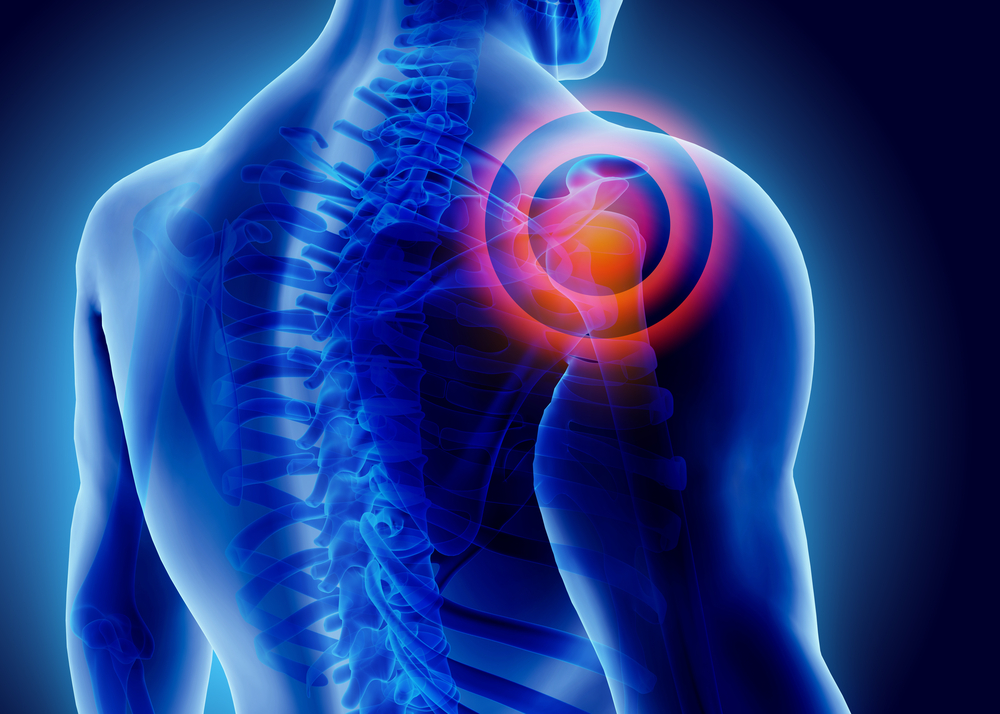To evaluate the electrophysiologic and antiarrhythmic effects, Mg2+ was infused at 15 mg/h (n = 5) or an equal volume of saline (1.2 mL/h) (n = 5) and electrocardiogram and action potential duration (APD) recorded every 15 minutes. Rats were anesthetized with 70 mg/kg pentobarbital intraperitoneally. Mg2+ increased QT 15 +/- 6% on average compared with 1 +/- 4 for saline P < 0.0l. Mg2+ increased QT, 0, 0, 6 +/- 4, 13 +/- 5, 16 +/- 4, 23 +/- 5, 29 +/- 8, and 32 +/- 5% over baseline after a 2 hours infusion (P < 0.01). APD increased by 0, 6 +/- 3, 8 +/- 8, 14 +/- 4, 16 +/- 12, 21 +/- 4, 25 +/- 5% change from baseline (P < 0.05). The mean percentage of increase was 12 +/- 8 for the Mg2+ group and 1 +/- 3 for the saline group (P < 0.05).
The JT interval also increased after Mg2+ (P < 0.01). After Mg2+ loading, coronary occlusion of the left anterior descending coronary artery was performed. Ventricular premature contractions (VPCs), ventricular tachycardia (VT), and ventricular fibrillation (VF) were frequent in the saline control group, with 2 dying in VF; with only scattered VPCs and short runs of nonsustained VT in the Mg2+ group. The results of these findings indicate that infusion of MgSO4 can prolong the QRS, QT, and JT intervals in the rat and these changes correlate well with arrhythmia suppression.


